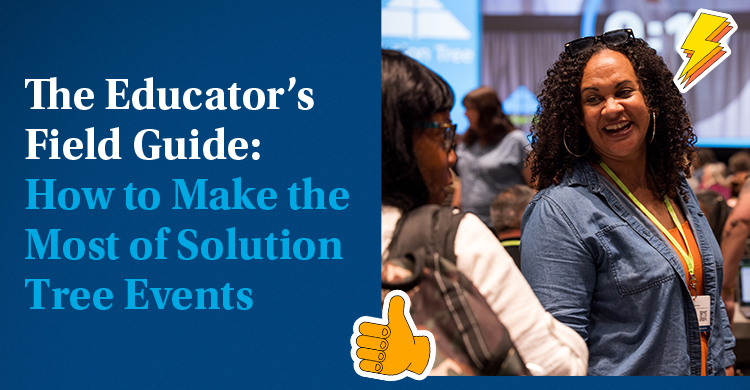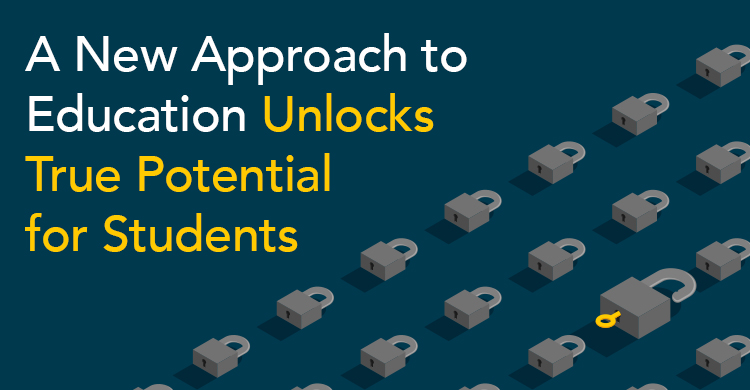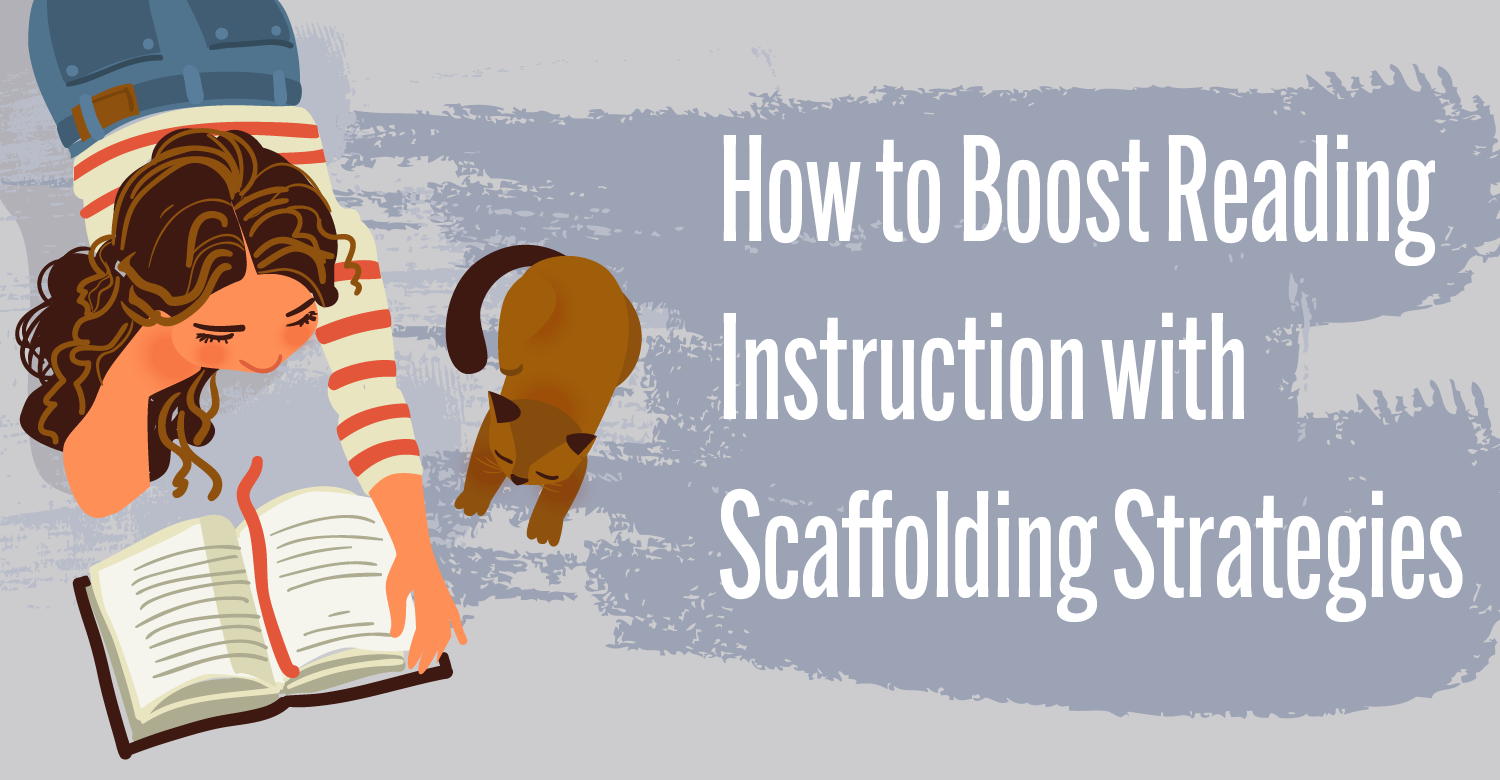When I was growing up, Rubik’s Cubes were popular. The toy had colored sides, and you were to mix up the colors by turning the sides over and over again. Once the colors had been mixed up, the object was to turn the sides again and again until the colors looked like they had at the beginning. In the same way as many others, I struggled with the toy because the task at hand was not simple. One time, I became so frustrated that I took the stickers off the sides and faked a completed cube. Although on the surface I had met the challenge, I knew what I had created was a false sense of success, and I ultimately learned little.
When I think about changing a school’s culture from a focus on teaching to a focus on learning, I am reminded of that kind of frustration. It is not easy to dig in and change what has been going on for a long time. Focusing on teaching rather than learning, caring about lesson delivery more than student mastery, and accepting the status quo rather than helping all students realize their goals can be the “fake” way for schools. However, the future we are preparing our students for can’t be fake, and PLC teams can and do dig in deeply, transforming the way that schools operate.
Focusing on the four critical questions helps PLC teams transform thoughts into actions and helps to create an authentic learning experience for kids. When we gather data and analyze where students are so that our instruction can be tailored to meet their needs, when we are able to develop strategies based on those needs, and when we have implemented the ideas and strategies that have a purpose, we can look at the changes we have made and move forward. We are no longer guessing about what is needed, but applying authentic ideas that are focused, not faked. These strategies, unlike the one I used to fake a completed cube, will work because they are designed to meet the needs of each child.
[author_bio id=”128″]






